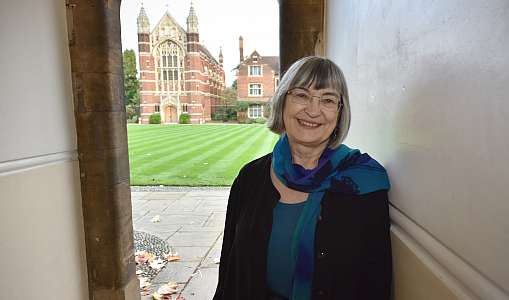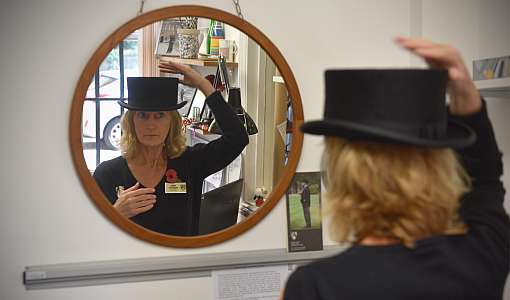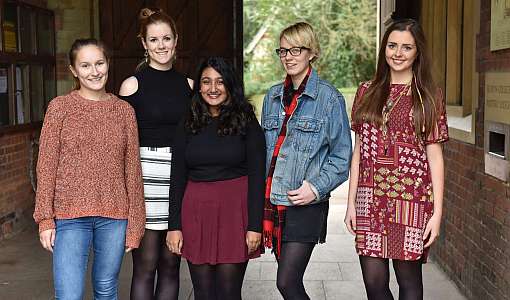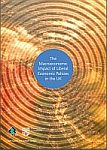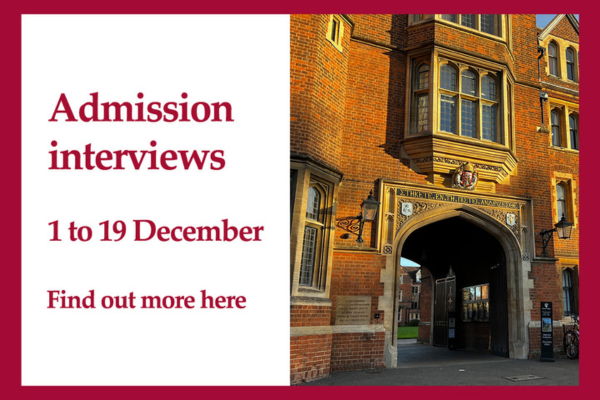The Memorial Service for Professor Chadwick will take place at 2pm on Saturday 30th January 2016 at Great St Mary’s Church,
Senate House Hill, Cambridge CB2 3PQ. Refreshments will follow the service in the Hall, Selwyn College.
There is some reserved seating (eg for family, College and University officials), but attendees are welcome to sit anywhere
else. Ushers will be pleased to guide you. Please be seated by 1.45pm. Dress: black gowns (no hoods) may be worn.
Great St Mary’s bells will be rung before and after the service by members and friends of Selwyn College. Before the service
a quarter peal will be rung to celebrate Owen’s life, commencing at 1.00pm. If you are coming, do listen out for it as
you arrive.
Parking: there is very limited parking only at Selwyn College at Cripps Court (entry from Cranmer Road or Grange Road). There
will also be limited parking available at the University’s Sidgwick site, entry off Sidgwick Avenue (opposite Newnham
College). King’s College has kindly given permission for those attending the Memorial Service to pass through
King’s College between the Backs and King’s Parade.
Owen Chadwick cared deeply about students and about the future of Selwyn College. The retiring collection after the service
will go to two causes dear to his heart: supporting Selwyn students of limited means, through the established Owen Chadwick
Fund; and for the benefit of the College Chapel, which was so important to his life here. If you would like more information
about either of these causes please contact the Master’s office at the College: master@sel.cam.ac.uk.
Donations by those not attending may be sent to the Owen Chadwick Fund, c/o the Alumni and Development Office, Selwyn
College, Cambridge CB3 9DQ; or if you prefer to make a donation by credit card, please telephone Ann Farrell, Development
Officer, on 01223 767845.
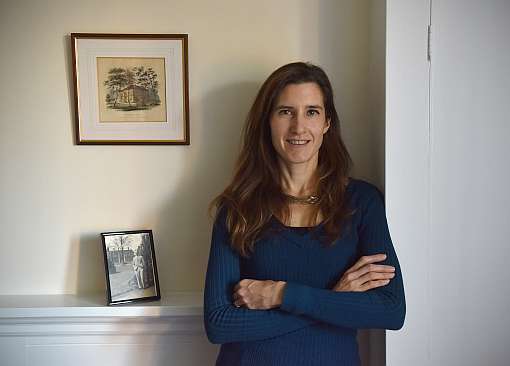

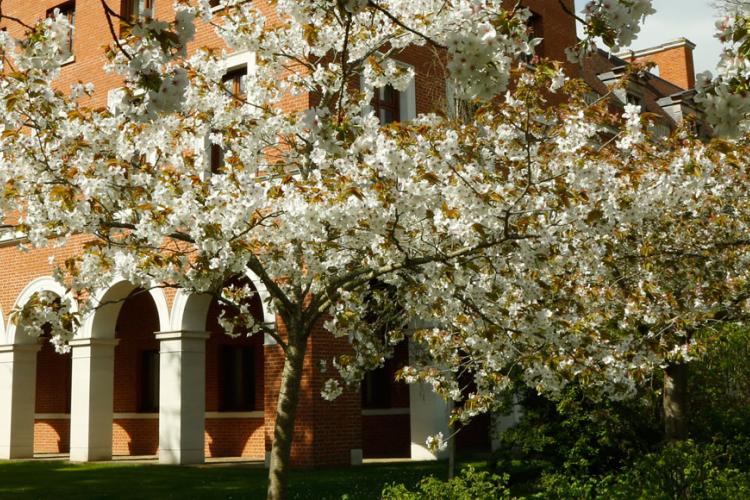
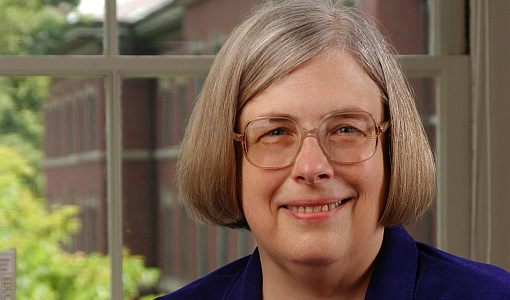
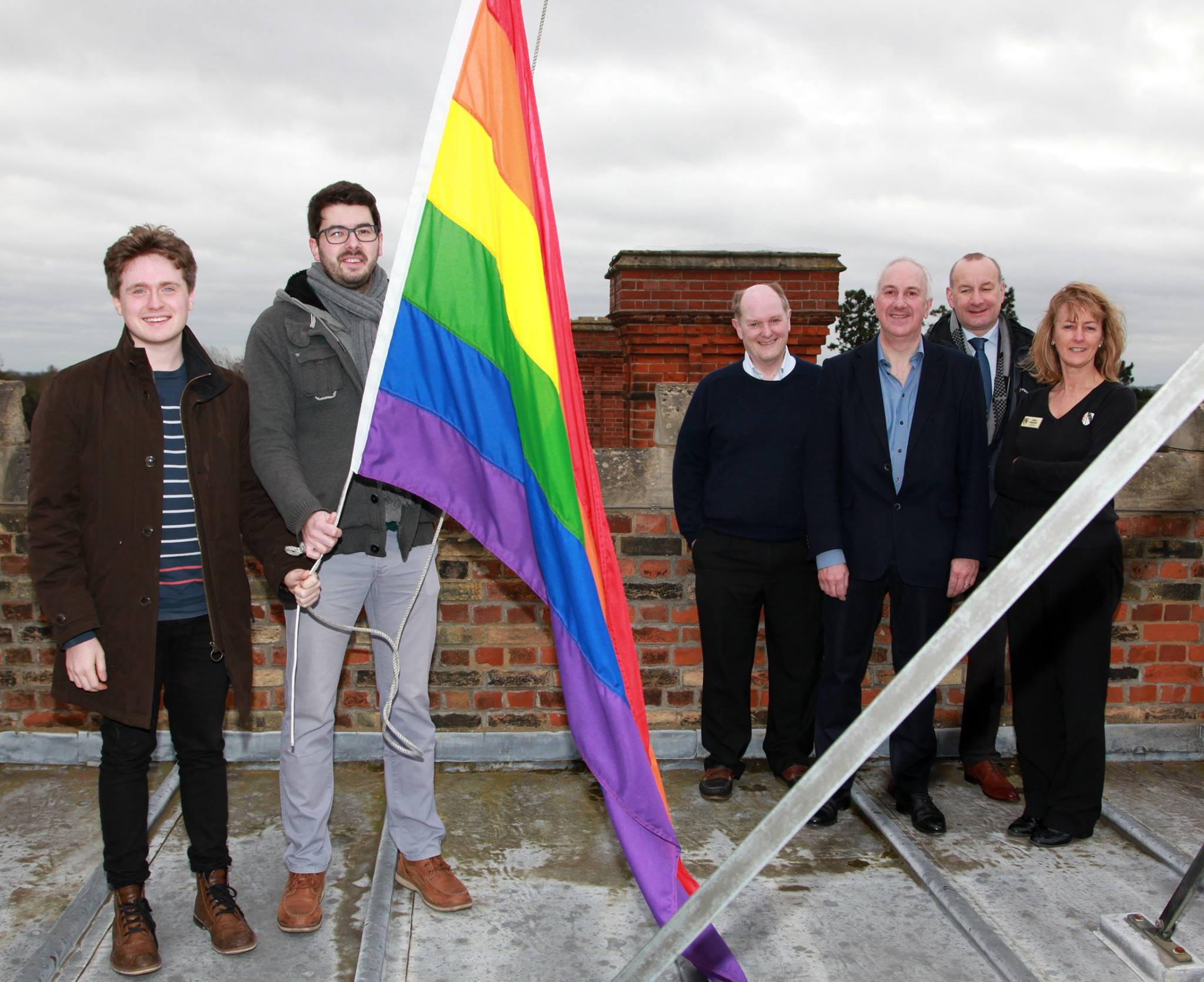
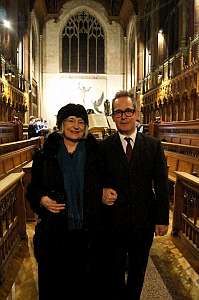
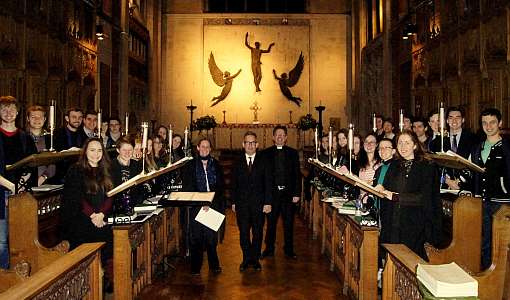
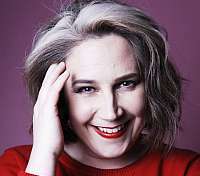 The comedian Viv Groskop will be bringing her Edinburgh Festival show to Selwyn on Saturday January 30th for one of the opening events in the College’s celebration of 40 years of co-education. Viv is a Selwyn alumna who’s also known as a festival director, writer and broadcaster, and her comedy routine “Say Sorry to the Lady” was acclaimed by audiences when it was first performed last year.
The comedian Viv Groskop will be bringing her Edinburgh Festival show to Selwyn on Saturday January 30th for one of the opening events in the College’s celebration of 40 years of co-education. Viv is a Selwyn alumna who’s also known as a festival director, writer and broadcaster, and her comedy routine “Say Sorry to the Lady” was acclaimed by audiences when it was first performed last year.